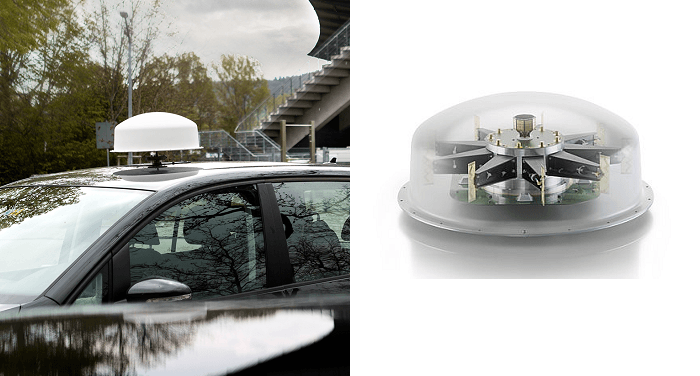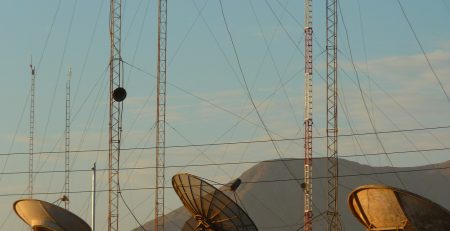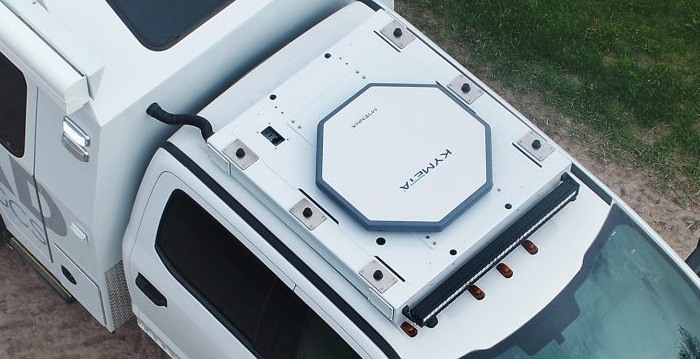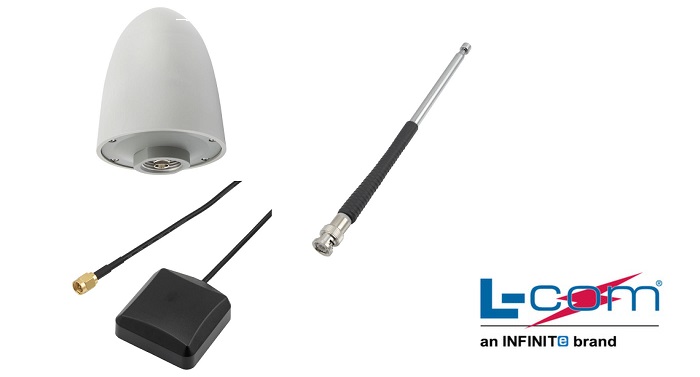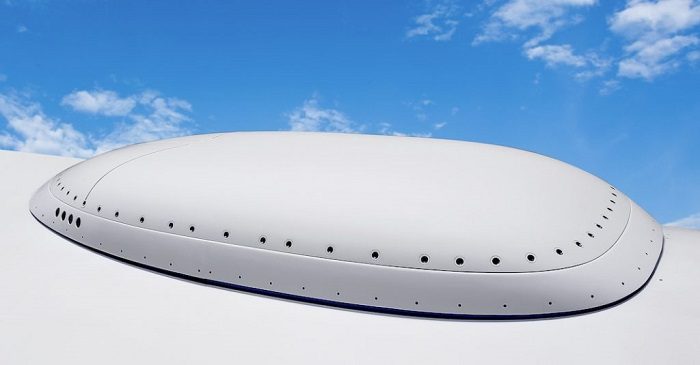Can Modern Horn Antennas Operate at Ultra-High Frequencies?
Understanding Horn Antennas and Their Frequency Range
Definition and Design of Horn Antennas
Microwave horn antennas are components, in telecommunications systems as they convert waves from waveguides or other sources into free space radiation using their distinctive flared structure design. The effectiveness of these antennas is heavily influenced by the shape and size of the horn itself impacting factors like gain and radiation pattern variations. Common variations such, as horn antennas perform roles based upon the frequency and application needs they cater to.
One of the reasons why horn antennas are popular is due, to their construction and strong signal amplification capabilities. Their unique waveguide features help improve efficiency by enabling beam formation and efficient signal propagation. The adaptability of horn antennas makes them a good choice for a range of uses such, as radio astronomy tasks and satellite communication systems that need to be aligned with high-gain antennas for calibration purposes.
 Typical Frequency Ranges for Horn Antennas
Typical Frequency Ranges for Horn Antennas
A horn shaped antenna is capable of functioning within a range of frequencies commonly known as microwave frequencies. Typically ranging from a few hundred megahertz to tens of gigahertz in terms. For example, the RFecho Broadband Dual Ridged Horn Antenna works within the 0.l GHz to 40 GHz range. Offers significant signal amplification to offset any possible signal weakening effects. The use of these frequency ranges plays a role, in testing wireless and telecommunication technologies by facilitating the measurement and creation of electromagnetic fields.
RFechos polarized horn antennas showcase their versatility across a range of frequency bands spanning from 1 GHz to 44 GHz. Highlighting the adaptability of horn antennas to cater to diverse consumer and advanced technological requirements effectively. This extensive frequency coverage enables their utilization in situations and bolsters their practicality and operational significance, across a multitude of industry domains.
Technological Advances Facilitating Ultra-High Frequency Operation
Innovations in Materials and Fabrication Techniques
Advancements, in horn antenna technology, have greatly progressed due to breakthroughs in materials and manufacturing techniques. These days new composite materials have surfaced to support rdng strength, to weight ratios. Enabling the creation of lighter antennas that maintain performance standards. These materials also contribute to improved regulation and enhanced processing of high-frequency signals.
The methods used in precision manufacturing have advanced quickly. Now allows for detailed and accurate designs to be created efficiently. Incorporating CNC machining and laser cutting techniques has improved the tuning of horn apertures and flare angles to enhance the radiation pattern and reduce losses. RFechos antennas showcase these advancements by integrating high-quality materials, with manufacturing methods to offer outstanding performance in the ultra-high frequency range.
Advanced Composite Materials
The innovation of cutting-edge materials has completely transformed the construction and functionalities of horn antennas. The use of these materials enhances not the longevity. Also boosts electromagnetic efficiency, in high-frequency zones. Lightweight composites play a role in preserving strength while reducing overall weight. This enables adaptability in scenarios such, as airborne and marine operations.
Using these cutting-edge materials can improve performance. Possibly reduce deployment expenses significantly – a factor considering the increasing need, for high-frequency applications in sectors, like telecommunications and broadcasting.
Precision Manufacturing Processes
Precision manufacturing methods play a role, in enhancing the effectiveness and functionality of horn antennas by leveraging approaches like 3D printing combined with CNC machining enabling engineers to design intricate and optimized shapes more effectively. This high level of precision is essential for attaining the intended signal amplification while reducing inefficiencies, across the frequency spectrum used.
Manufacturers such as RFecho set themselves apart by focusing on precision during production to guarantee that each horn antenna meets performance criteria and improves its reliability and efficiency, at extremely high frequencies.
Computational Design Enhancements
Simulation Tools and Models
In the field of horn antennas evolution and advancement have been greatly aided by simulation tools and models, in design processes. Engineers are now able to simulate and forecast antenna performance over frequency spectrums before constructing prototypes. This predictive modeling enables refinements and improvements in designs leading to performance, in terms of gain, broadband capability, and radiation characteristics.
With the help of these cutting-edge simulation technologies companies can speed up the process of designing horn antennas while keeping costs, for materials and production. This results in improved products, for both consumers and industrial users alike.
Optimized Geometries for High Frequencies
Crafting horn antennas, for ultra-frequency usage, entails finely tuning geometries to boost effectiveness. Optimizing the angle and aperture size well as adjusting the length of the horn play crucial roles in enhancing radiation efficiency and directivity. RFecho employs design methods to tune these geometric aspects for optimal antenna performance, within designated frequency ranges.
Optimized geometries play a role, in enhancing signal clarity and strength while also reducing interference, in busy spectral environments leading to the development of more dependable communication systems that can meet the requirements of today’s advanced technologies.
Ultimately the progress, in horn antennas supported by advancements in materials production methods and computational modeling facilitate functionality at high frequencies. Companies such as RFecho showcase the merging of engineering with real-world use to establish a leading benchmark, in the field of antenna technology.
 RFecho’s Contribution to Ultra-High Frequency Horn Antennas
RFecho’s Contribution to Ultra-High Frequency Horn Antennas
Overview of RFecho’s Product Line-up
RFecho has positioned itself as a player, in the horn antenna sector by offering a range of products designed to address the changing requirements of high-frequency applications effectively Their diverse product portfolio features different horn antenna models tailored for optimal performance in ultra-high frequency spectrums With an emphasis, on advanced engineering and state of the art technology RFechos products guarantee outstanding performance and dependability in crucial communication setups
Specific Models Designed for High-Frequency Applications
Out of all the horn antenna options, from the RFecho collection the Broadband Dual Ridged Horn Antenna is particularly notable for its frequency coverage spanning from 0. l GHz to 40 GHz. This specific model is designed to keep a Voltage Standing Wave Ratio ( VSW R ) ensuring signal transmission and reception. Moreover, RFechos Dual Polarized Horn Antennas provide a variety of frequency bands ranging from 1 GHz to 44 GHz making them versatile, for radar and telecommunications applications. The wide range of frequencies these models operate on showcases RFecho’s dedication, to offering solutions that meet the needs of today’s technologies.
Key Features and Benefits of RFecho’s Solutions
RFechos horn antennas have a range of standout features that make them well-suited for high-frequency settings. Their strong signal reception capabilities help offset any signal loss that may occur during transmission while keeping the quality intact. Additionally, the antennas are designed with polarization attributes which enhance isolation and boost performance in challenging scenarios. These advantages position RFechos horn antennas as choices, for uses solidifying their reputation for delivering reliable performance, across various frequency ranges.
Real-World Applications of RFecho’s Horn Antennas
In real-life situations, across fields of use horn antennas play a role and are highly valued. RFechos collection of high-frequency horn antennas significantly contributes to the progress of technology in telecommunications networks and radar systems. Their sturdy build and versatile operation allow for integration, into systems to enhance performance and effectiveness in every application.
Telecommunications and 5G Infrastructure
RFechos horn antennas are crucial, in the telecommunications industry, for supporting the infrastructure for 5G and fast wireless communications. They can operate efficiently at high frequencies to ensure high data transfer speeds and minimal latency. The reliable communication links enabled by RFechos antennas help bolster the framework required for telecommunication networks. Their architecture enhances the signal’s power to cover distances, between communication nodes—a feature, in urban areas teeming with people.
Radar Systems and Remote Sensing
RFechos horn antennas are designed for radar systems and remote sensing applications that require high-frequency performance to function in tasks such, as air traffic control and weather monitoring for data collection purposes and precise measurements of environmental data. The versatility of these antennas in operating at frequencies enhances detection capabilities. Imaging resolution, in radar technology applications.RFecho is dedicated to producing efficient horn antennas that meet the requirements of today’s radar and remote sensing technologies.
RFecho has established itself as a provider of high-frequency horn antennas for a wide range of industries by tailoring its products to meet various needs effectively. Drawing on expertise and understanding the industry landscape well RFecho consistently enhances its product line to guarantee users dependable performance, in telecommunications, radar systems, and remote sensing applications. Every antenna model showcases a combination of cutting-edge design, high-quality materials, and meticulous engineering thus establishing a standard of excellence, in the antenna sector.

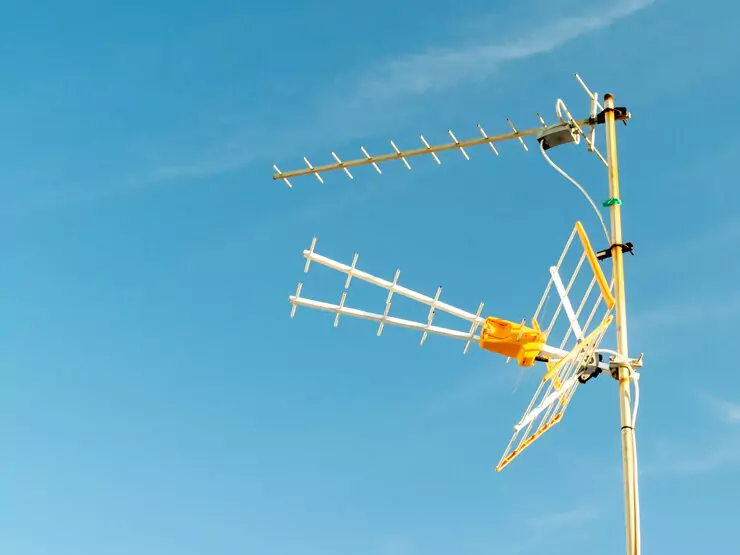
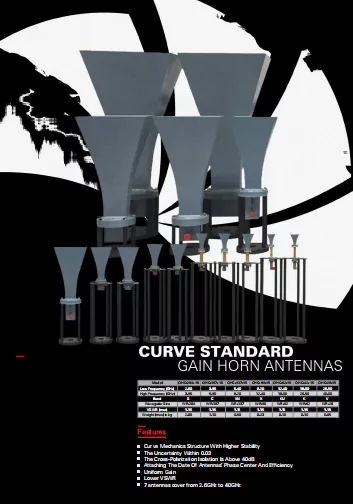 RFecho’s Contribution to Ultra-High Frequency Horn Antennas
RFecho’s Contribution to Ultra-High Frequency Horn Antennas